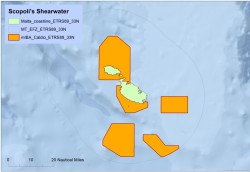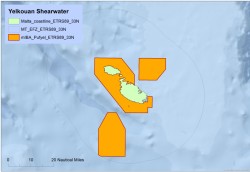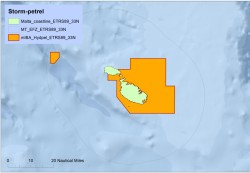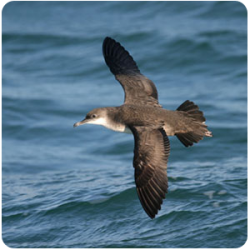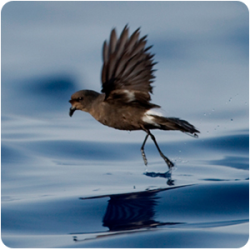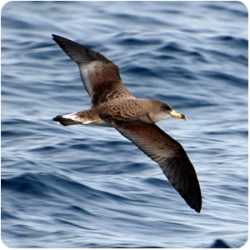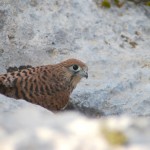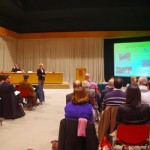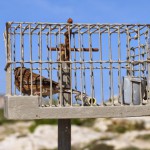Commissioner Karmenu Vella welcomes Malta’s contribution to European nature protection as 50% of Maltese waters identified as ‘Important Bird Areas’
Half of Maltese waters are internationally important for seabirds, BirdLife Malta announced today as findings of the EU-funded LIFE+ Malta Seabird Project were presented at an international conference of marine conservation in Gozo.
The newly identified Important Bird Area (IBA) sites in Maltese waters are now being considered for declaration as ‘Marine Special Protection Areas’ by the Maltese government, who were partners in the project. Once designated, these sites will be afforded legal protection for the wildlife they sustain, in the same way that nature reserves are protected on land.
Karmenu Vella, EU Commissioner for the Environment, Maritime Affairs and Fisheries, addressed the conference by video link to welcome the news as an important contribution to European nature protection.
“Natura 2000 sites are the centrepiece of European nature legislation, helping in our efforts to halt biodiversity loss. Less than 2% of the EU’s offshore waters are currently part of the network… for Natura 2000 to fulfil its potential we need many more offshore sites. So I am delighted to see this close collaboration between BirdLife Malta and the Maltese Ministry of Environment. I look forward to receiving the official notification from Malta that the corresponding Special Protection Areas have been designated.” said Commissioner Vella.
Nicholas Barbara, BirdLife Malta’s Conservation Manager said, “Malta is home to globally important populations of seabirds, and in order to better protect these birds that spend most of their lives at sea, we need to protect the areas they use at sea in addition to their nesting areas on land.”
“This is an important step for Malta’s place in the world of seabird conservation, and one we can all be proud of” continued Barbara.
Seabirds are the most endangered group of birds in the world, and the Maltese Islands hold one in ten of the world’s Yelkouan Shearwaters (Garnija), 3% of the world’s Scopoli’s Shearwaters (Ċiefa) and half of the Mediterranean’s Storm-petrels (Kanġu tal-Filfla).
Important Bird Areas (IBAs) represent the largest global network of important sites for biodiversity, and in Europe they are the basis for designating Natura 2000 sites. Malta currently has 34 Natura 2000 sites on land to protect habitats, birds and other animals with cliffs hosting seabirds constituting the majority of these areas. While all the most important sites for seabirds on land are protected, none so far had been identified at sea. With Malta in charge of managing a radius of 25 nautical miles of sea territory known as the Exclusive Fisheries Zone (EFZ), the government has also a commitment to declaring new marine Natura 2000 sites within this area in 2016.
Nicholas Barbara pointed out however, that this doesn’t mean an end to fishing, shipping or other activities in these areas. “BirdLife Malta and the government will be now working closely to identify which areas may be designated as Natura 2000, in full consideration of the different uses Malta makes of its sea habitat, with the aim of protecting seabirds and ensuring activities are carried out sustainably for people and for wildlife.”
The announcement marked the opening day of an international seabird conference in Gozo, hosted by BirdLife Malta and attended by an international delegation of marine scientists, government authorities, and European Commission representatives. The conference, ‘Protecting Seabirds in the Meditteranean: Advancing the Marine Protected Area Network’ continues this week, with delegates from 17 countries gathering to discuss how they can protect birds and sealife beyond national borders.
These findings are a result of four years of research by the EU-funded LIFE+ Malta Seabird Project, led by BirdLife Malta in collaboration with the Minisitry for Sustainable Development, the Environment and Climate Change (MSDEC), the RSPB and the Sociedade Portugesa para o estudo das Aves (SPEA).
ENDS

